LSZ (Lysergic acid 2,4-dimethylazetidide) is also sometimes referred to as Lambda. It is a synthetic research chemical belonging to the lysergamide compound family. LSZ was first discovered in the early 2000s by David E. Nichols at Purdue University. With next to no history of human investigation prior to 2012 when it was first synthesized for sale by the Research Chemical market, it quickly gained immense popularity. At the time, its love was specifically dominant in the UK. LSZ is a semi-synthetic alkaloid of the lysergamide family. Surrounded by a pure and positive history of examination, LSZ is a delightful addition to any lab.
LSZ is a semi-synthetic alkaloid of the lysergamide family. (Alkaloids are a class of naturally occurring organic compounds containing at least one nitrogen atom). LSZ contains the core structure of lysergic acid, complete with an amine functional group bound to RN of the chemical structure.
LSZ’s core polycyclic structure is an indole derivative and has embedded tryptamine and phenethylamine groups. This structure contains a bicyclic hexahydroindole fused to a bicyclic quinoline group (lysergic acid). Like other LSD derivatives, an amide group is bound at carbon eight of the quinoline. The terminal nitrogen atom in the amide group is substituted to make a 2,4-dimethylazetidide group. The carbon six is also substituted with a methyl group.
There are three possible stereoisomers around the azetidine ring with the (S,S)-(+) isomer being the most active. (Azetidine is a saturated heterocyclic organic compound containing three carbon atoms and one nitrogen atom.)
| Disclaimer | Our LSZ Drop Bottles are strictly for laboratory use only and are not approved for human consumption. Any mention of dosage/feeding to humans or animals or anything consumption related is not acceptable. |
|---|
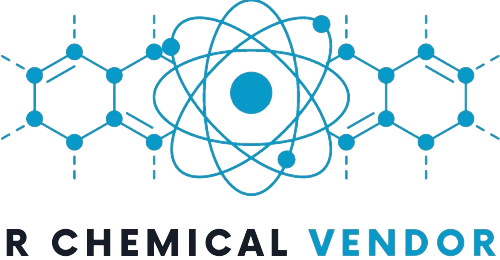
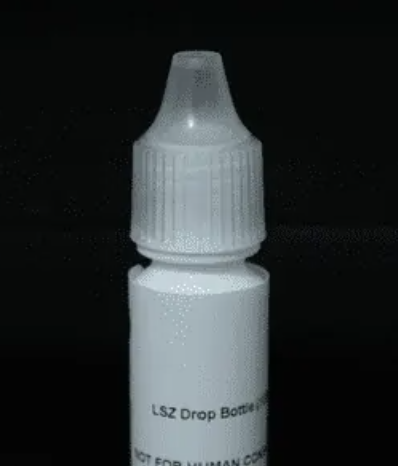
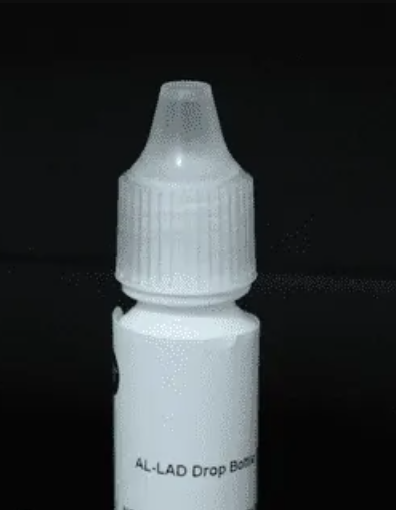
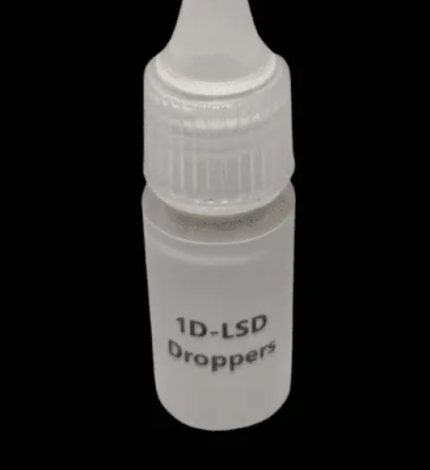


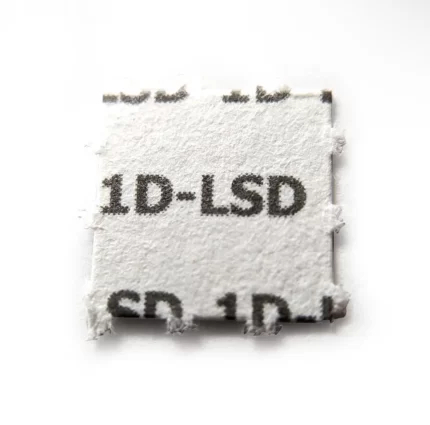
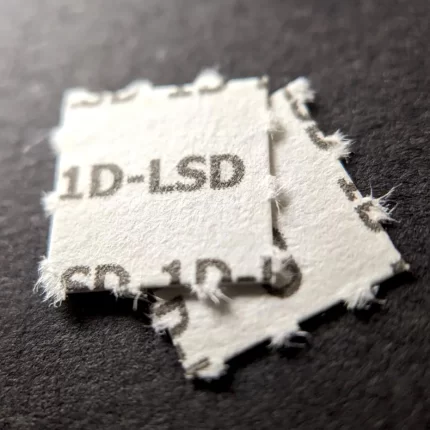
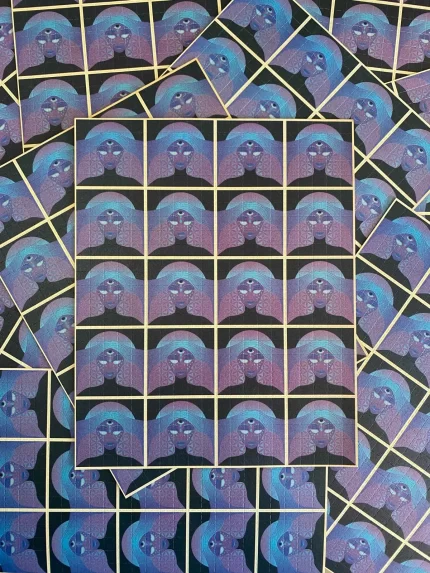
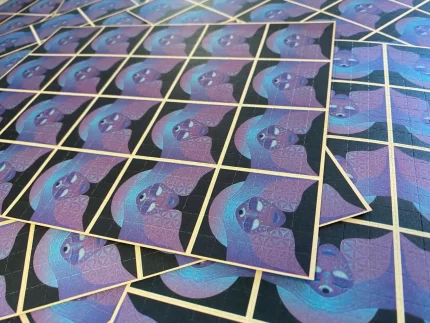
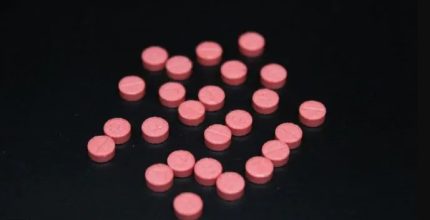
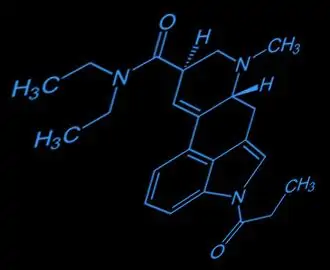
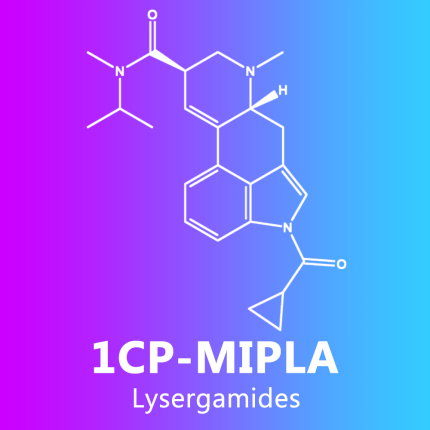
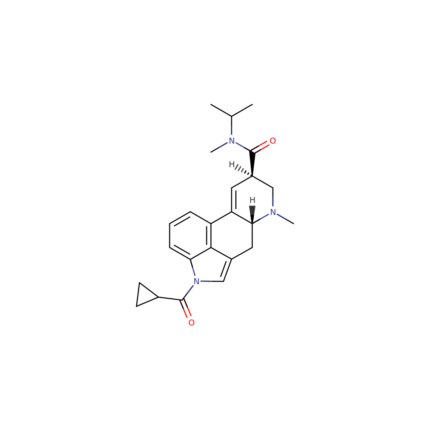
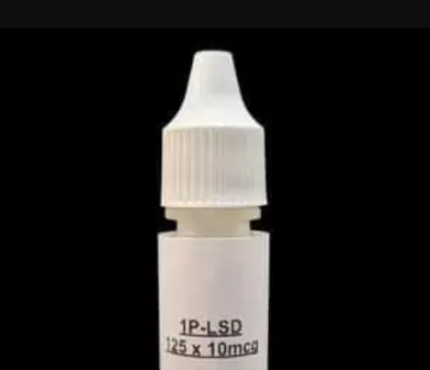
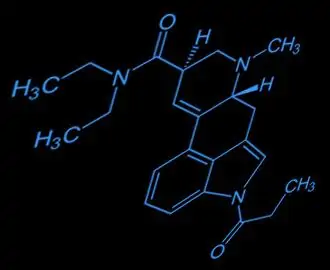
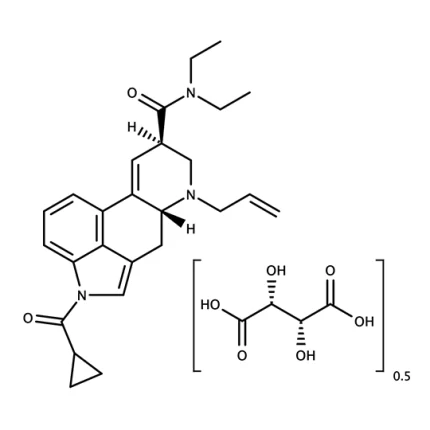
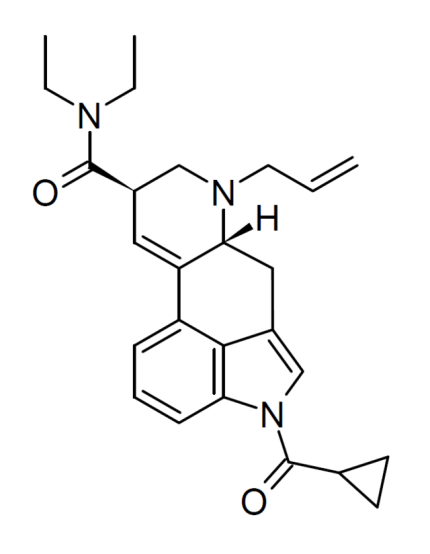
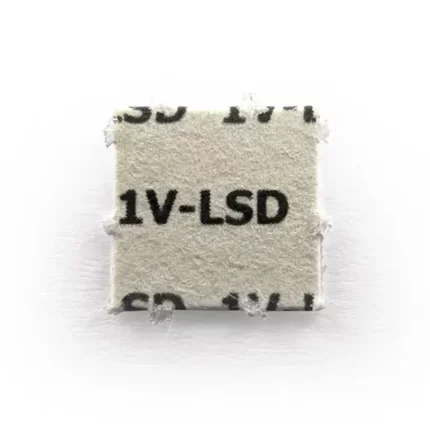
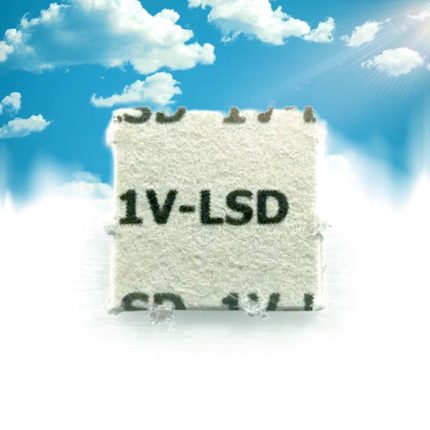
Reviews
There are no reviews yet.